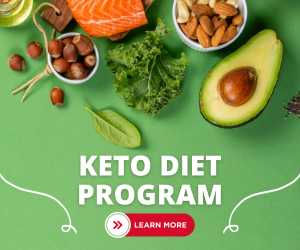Healthy Eating
Complete – gives us all of the nutrients (proteins, fats, carbs), vitamins, and minerals that we need to function properly.
Balanced – takes into consideration the appropriate ratios of various components.
Includes three major meals – breakfast, lunch, and supper – as well as one or two snacks (between breakfast and lunch, plus an afternoon snack) and one or two beverages.
Variety is important. We don’t eat the same food every day of the week or every month.
Quality– Our meals are of high quality, consisting of fresh produce, seasonal fruits, and vegetables, as well as low fat, sodium, and sugar intakes, among other things.
Unhealthy Food
Inadequate – The food we consume does not supply us with sufficient amounts of essential nutrients.
Unbalanced– Our diet is unbalanced because we do not get the nutrients in the appropriate quantities and proportions.
Excessive – we overindulge in fatty, sugary, and salty meals and do so on a regular basis.
Malnutrition or famine are examples of insufficient nutrition.
Monotonous– It is monotonous to eat the same salad or porridge every day because we will soon get bored and the salad or porridge will not include all of the nutrients that we need.
Unnatural -Rapidly increasing in fats, stabilizers, and preservatives, as well as salt and sugar, fast food, and convenience meals, are not healthy choices.
Class one foods
Simple, whole-food items are the healthiest options simply because humans have been consuming them for many centuries now. Unadulterated whole food that is free of chemical pesticides, hormones, and antibiotics, as well as free of added sugar, salt, and artificial colors.
Whole foods and clean water are, in essence, the most basic requirements for living a simple and healthy lifestyle. Fresh produce, fresh meats, fruits, seeds, veggies, dairy, and nuts are just a few samples of what you may find.
Class two foods
Even though hyper-processed and chemically engineered food are derived primarily from fresh ingredients, it contains a significant amount of added sugar, salt, and chemical food additives, among other things. A number of apparent examples of class two foods include fast food, junk food, packaged food, and beverages.
In the long run – with extended and frequent intake of processed foods and beverages, you will transition from a healthy to an unhealthy state much more quickly than with the above-mentioned class of foods.








